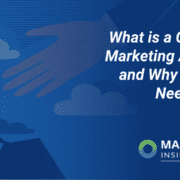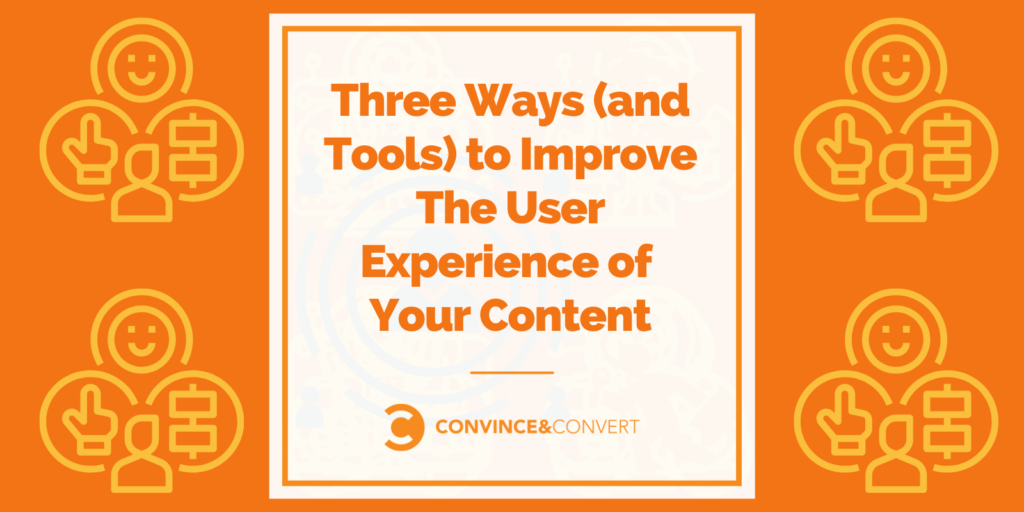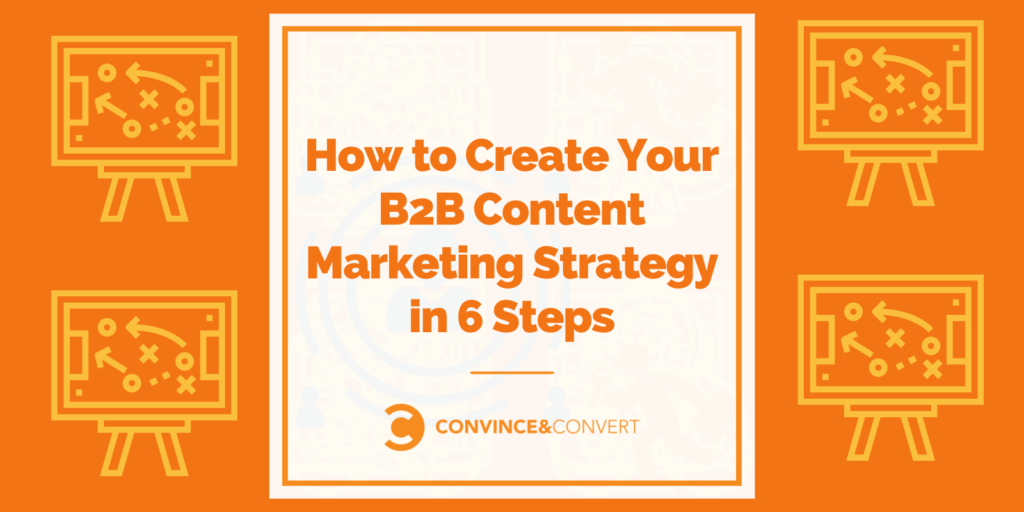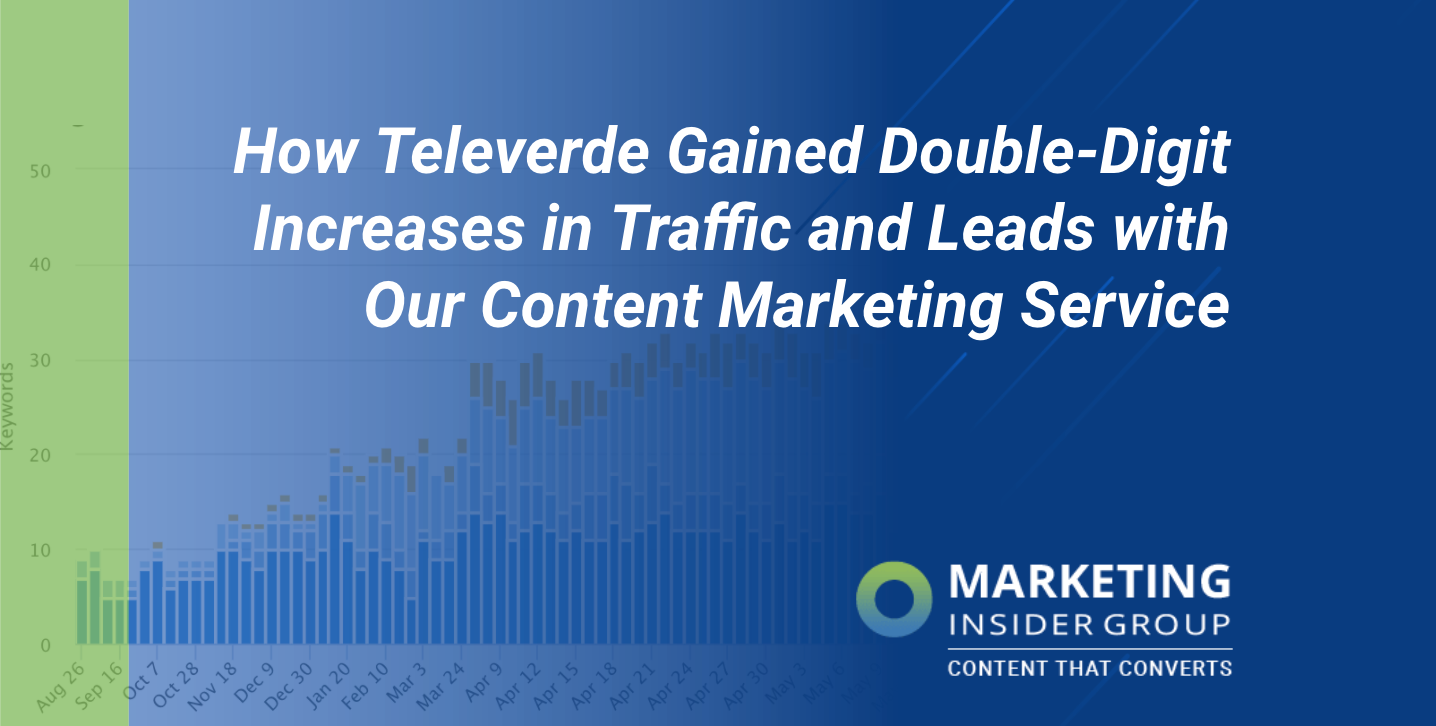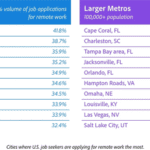9 Ways To Improve Your Content Marketing SEO Ranking

Content marketing for SEO ranking is a major priority for marketers across brands. It makes sense – think about it. When was the last time you searched for anything online, be it business insights or hotel reviews, without going to Google?
According to the Content Marketing Institute’s B2C Content Marketing Benchmarks, Budgets, and Trends, 62% of content marketers look at their website traffic when measuring success. Additionally, 39% believe that content marketing SEO rankings are crucial.
Despite the importance of SEO, content marketers still have trouble mastering it. It requires them to tip toe around Google’s frequently shifting guidelines and approach the goal of ranking high from a variety of angles. There is no set method that’s been mastered; instead, content marketers have to throw a bunch of darts and hope they make a bulls eye.
The only way to have a chance at ranking high is to keep up with Google’s standards and find out what has worked for others.
Improve Your Content Marketing SEO Ranking
1. Create original, high quality content
Google’s algorithms are always looking for the highest quality content based upon the relevant terms that searchers are inputting. Google crawls through websites, and determines relevancy based upon keywords that appear on them.
The search engine figures out whether a website is high-quality or not if other high-quality sites link to your website. Plus, it looks at the amount of engagement from users with your website, and how much content on your site is distinctive. Engagement means, are they clicking on you in a search engine and immediately returning to their search? Or are they staying on your page for a distinct amount of time and perhaps pursuing more content there?
Brandon Leibowitz of SEO Optimizers says that when it comes to content, marketers should focus on quality. “A lot of people want to put out as much content as possible. People are fixated on quantity, which is a 2012 SEO strategy.”
To start, Leibowitz suggests writing content for the benefit of the reader, and not fixating on SEO. You should use a relevant keyword in the title of your content, but don’t try and grab someone’s attention with clickbait. Instead, think about how you can answer a question relevant to your consumer base, while incorporating keywords relevant to your brand.
Writing long-form content, especially when you’re initially trying to rank high, is more effective than content that’s light on word count.
“Study after study has shown that long-form content performs quite well with Google as well as audiences,” says A.J. Ghergich, Founder of Ghergich & Co., a content marketing agency. When people are first starting out with content marketing on their blogs I actually encourage them to start with long-form content.”
In terms of length, Ghergich recommends 1,500 to 3,000 word posts that contain visual assets. These include images and video peppered throughout the content that are helpful to the readers.
Images and video are important because they decrease the likelihood of a person leaving your page quickly. If someone goes to your site and only browses for 30 seconds before leaving, and this occurs often, it means you might have a high bounce rate. Long form content that is broken up with visuals, headers, and bullet points will draw in your prospects.
These puppies are cute, please keep reading.

2. Modify your URLs
Along with putting keywords in the titles of your website’s content, Moz’s Rand Fishkin recommends placing them in your URLs as well.
When a person hovers over anchor text, he or she will see that the website is actually relevant based upon the URL. If there is no anchor text, then he or she will recognize the relevancy within the text.
Plus, URLs show up on Google, and help people decide whether or not to click on your website. If the title matches the URL, they’re going to trust it and go to your website.
The URL should be short (50 to 60 characters or less) and as readable as possible. Avoid having anything but words and dashes within your URLs. A bunch of numbers, symbols, and random letters confuse people and discourage them from clicking. Even if the title of your content has words like “the,” “and,” or “a” in it, you don’t need to include them in the URL in order for it to still be coherent. Finally, don’t use too many folders (slashes) within your URL.
3. Utilize SEO keywords
Keywords need to appear within the title of your content, as well as in the body of it. While SEO used to be all about the keywords, it’s since expanded into broader territories. Still, keywords are very important.
To effectively utilize keywords, you must first do your research and find ones that’ll apply to your content. This must be an ongoing practice, and not something you do one time. Keyword popularity is always changing, and you have to keep up with it in order to rank high.
When deciding what keywords to use, brands can run free searches on sites like Keyword Tool. On it, you’re able to see which keywords are popular so that you can then integrate them into your content. WordStream, which provides ideas for keywords related to whatever keyword you input, is also useful. For example, if you type in “content marketing,” other popular keywords include, “original marketing content services” and “how big is content marketing agency.”
You don’t want to use keywords too many times within your content, or else Google will think you’re spammy (so will your readers). If you don’t use them enough, Google won’t know what your site is about. SEO firm Bruce Clay recommends naturally using the keywords where they work best within your content and not forcing them in there.
However, a good rule of thumb is to include your keywords in the first 200 words of your content, and one time within the first 160 characters of the meta description of the page. Along with existing in your written content, keywords should be integrated within your optimized images. According to Content Marketer Jayson DeMers, your keywords need to be built into your logo and header images, as well as your buttons and graphics on your site in your alt image text.
4. Design for the user
If you want users to be engaged, you need to design your website so that it’s easy to navigate and user-friendly. Make sure that your site has:
- Good color contrast
- A sensible, logical order to it, i.e. navigation at the top and content below, calls to action at the end of content, attractive visuals
- Larger fonts
- Content in various divided sections
- An apparent search bar
- White space
Your site also needs to be responsive to all different types of devices such as laptops, tablets, and smartphones. This means that it resizes and adjusts itself to the device that it’s being viewed on. Mobile friendliness is key, because mobile devices are what many consumers use when deciding whether or not they’ll make purchases.
If you want users-on-the-go to click on your website link on Google, as well as spend a decent amount of time browsing through it, you should:
- Get your business to show up on the local search section, which appears near the top of Google and is easy to click. When you’re establishing or editing your business’ online listing, include your website, address, hours, and phone number.
- Make sure that your site is loading fast enough. According to one study, 64% of people expect pages to fully load within four seconds. People are impatient, especially on mobile devices, and won’t hesitate to go to a competitor if the website is faster. To do this, optimize your images for mobile and reduce your website’s file size by minifying CSS and HTML. When you minify, you remove repetitive or redundant data, unused code, and unnecessary comments, and use shorter function and variable names.
5. Delete duplicate versions of pages
Duplicate pages can be a big problem for your ranking. This is because the wrong page might get indexed, and Google will split link metrics between different versions of the page instead of attributing it only to one.
Duplicate pages can be caused by a number of factors. Perhaps you use them for click tracking or you provide a printer friendly version of your page on your website. To remedy this issue, canonicalize your duplicate pages by using a 301 redirect to the correct page. This is a tag you can place within your HTML code (“rel=”canonical”).
If a few pages on your website are naturally similar, write more content on each of them. That way, they’ll be distinctive to Google and your site will receive more clicks all around.
6. Try out helpful tools
There are a variety of tools on the web that can assist you with the search engine optimization process. Some of the best ones are:
- Buzzsumo, which shows you who the key influencers are within your niche. Simply type a keyword into the site, and it’ll let you know who creates content that is popular that includes that keyword. Once you pinpoint these influencers with high-quality pages, you can reach out in hopes of having them link back to your content.
- Google Search Console, an all-in-one platform that shows you if your content is Google ready and friendly.
- BrowserStack, a site where you can check out how your website looks on different browsers. If it doesn’t look good across the board, you then have to modify it.
- Google Trends, where you can view trending topics and stories. When there is a popular news item that you can relate to your company, jump on the opportunity to use the applicable keywords within your content.
- Alexa, where you can see the most popular sites on the web. There is a category section that allows you to narrow down your search. Once you know what the popular sites are, you can aim to have links placed on them.
- Seoptimer, which will do a free SEO audit of your website. Input your website address, and it’ll tell you where your strengths and weaknesses lie in regards to content, linking, keywords, images, headers, and social media links.
- Moz, is a great tool that I’ve used in the past to track our SEO success and learn new tools and tips.
7. Make valuable connections
You can produce great long-form content that is rich with images and links to credible websites. However, if you’re not actively promoting your content and seeking distribution on high-quality websites, it’s not going to be seen.
Aside from using Buzzsumo to locate and contact the influencers within your niche, you could:
- Send these influencers emails or social requests when your company makes an announcement or to share a great infographic or piece of content. Show influencers how this news or data could benefit their audiences.
- If these influencers are writers, pitch them on story ideas and offer interviews with your company’s thought leaders.
- Ask influencers if they accept guest posts on their own blogs. Write high-quality content for them and see if it’s possible to link back to content native to your website.
8. Check your website’s loading time
A slow loading time is going to lead to a high bounce rate whether users are on desktop computers or their mobile devices. Aside from following the aforementioned rules for mobile, there are some other strategies you can use to make sure your site quickly loads.
Start at Google’s PageSpeed Insights. On this site, you can type in the URL for your website and see what your load speed is, out of 100. Google will tell you what you need to improve to make your site load faster on mobile and desktop devices.
For example, they may recommend optimizing images for both platforms, as well as minifying HTML and CSS. The rules are generally the same for both mobile and desktop; the difference is just that you can have bigger images (20-100kb), flash, and more intricate designs on your desktop page.
9. Invest in SEO
Some content marketers think that they can achieve business results with a high ranking from organic linking and traffic, and discard the need to use paid promotion as well. In reality, both are required in order to succeed.
Whether you’re paying for a press release distribution service, taking out native ads on high-quality websites, or hiring an outside firm to handle your SEO, realize that all of these efforts are an investment in your company. There is only so far you can get with organic. Paid promotion has great potential to spread your company’s message and help you reach your core audience.
According to Ghergich, when looking into firms to help you boost your rankings, it’s important that you already know the bare bones of SEO. “You will make a much better hiring decision if you at least know the basics,” he says.
To avoid wasting your time and resources, before you sign up with a firm, ask to see examples of sites that the firm has gotten placement for their clients on in the past. “If your SEO agency can’t get you on sites like The Huffington Post they are doing it wrong,” says Ghergich.
Start ranking high on Google
SEO can seem confusing, but these techniques have been proven to help with ranking. By utilizing them, you’ll have a better chance at reaching your audience, making connections with prospects, and getting them started in your purchase funnel.
Want to learn how you can reach, engage and convert new customers for your business? Contact me here and let’s talk about how we can help. Or subscribe here to receive my latest updates.
The post 9 Ways To Improve Your Content Marketing SEO Ranking appeared first on Marketing Insider Group.


